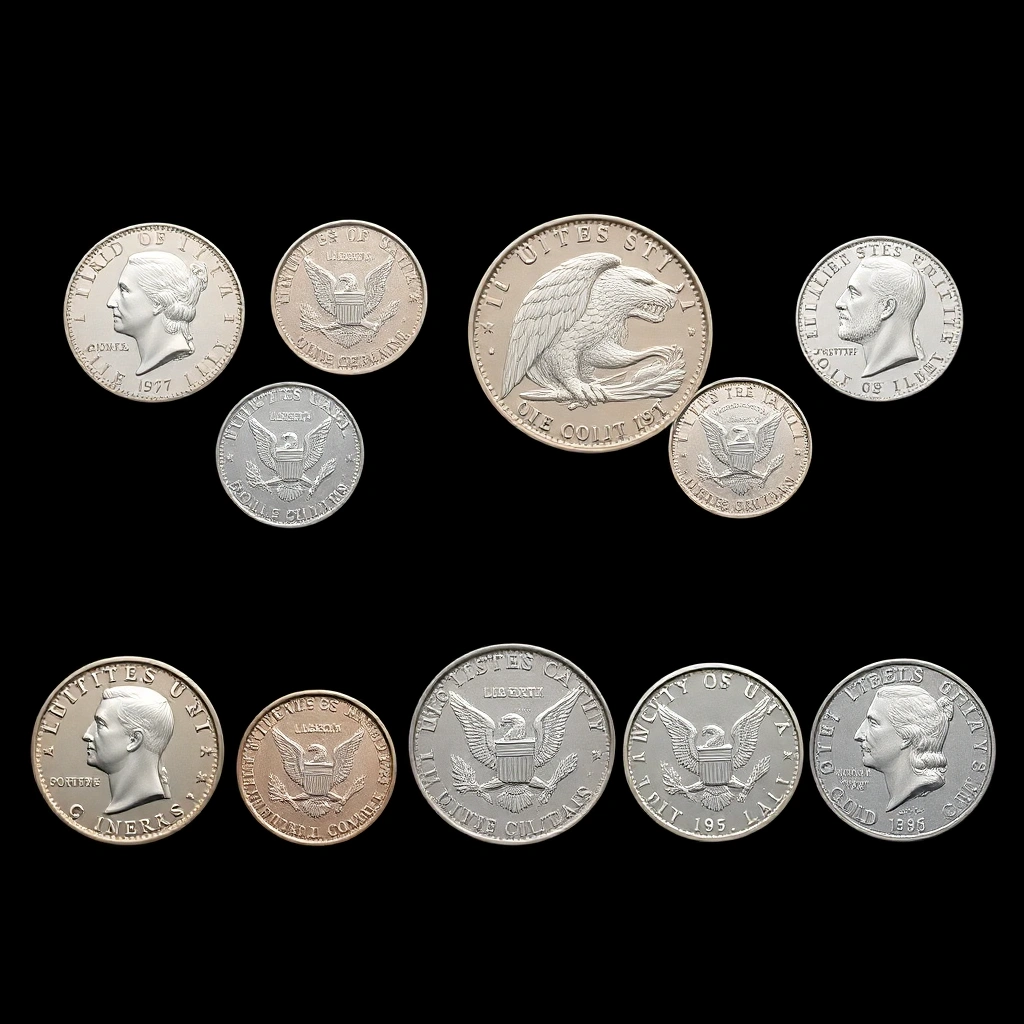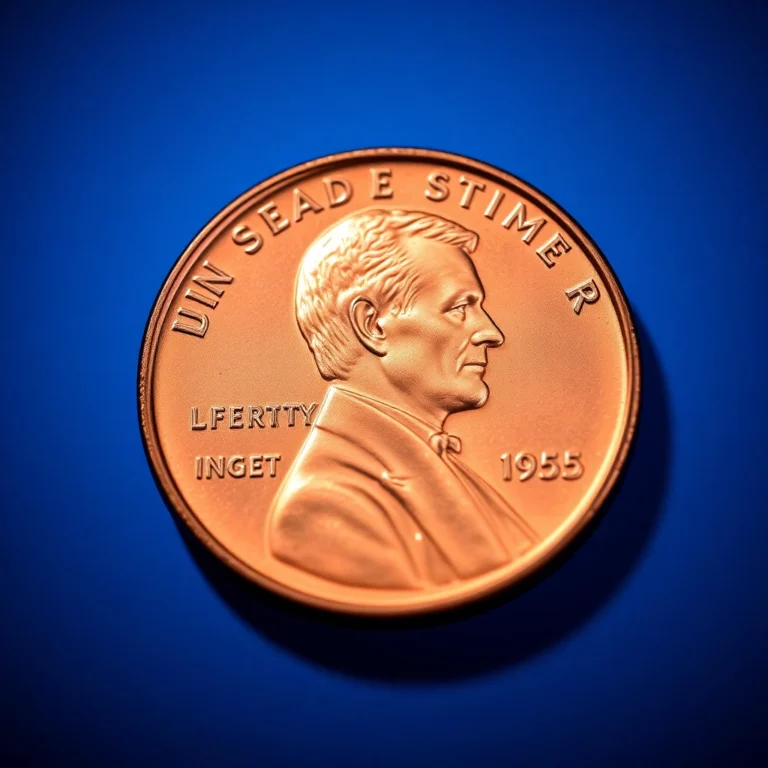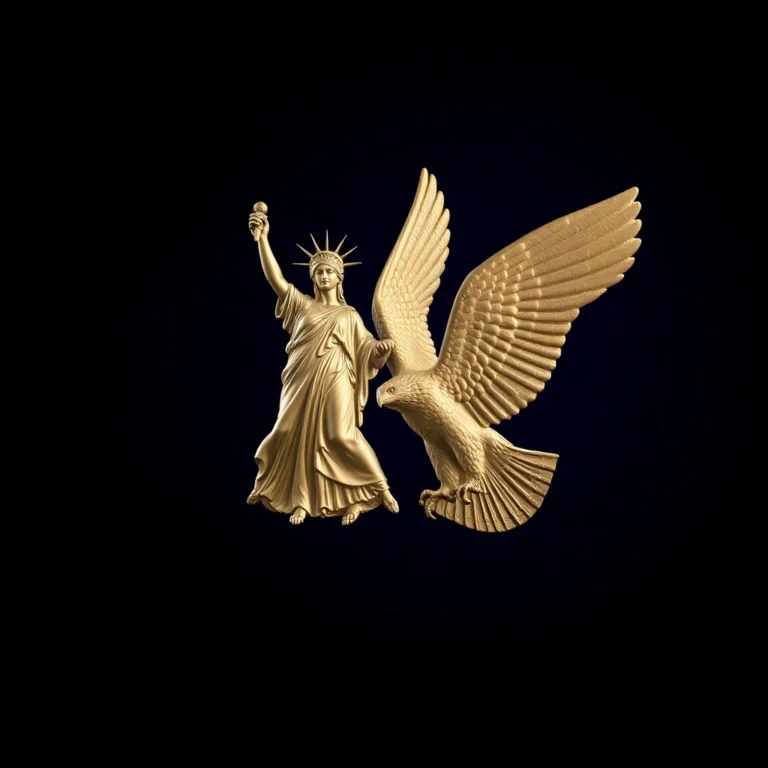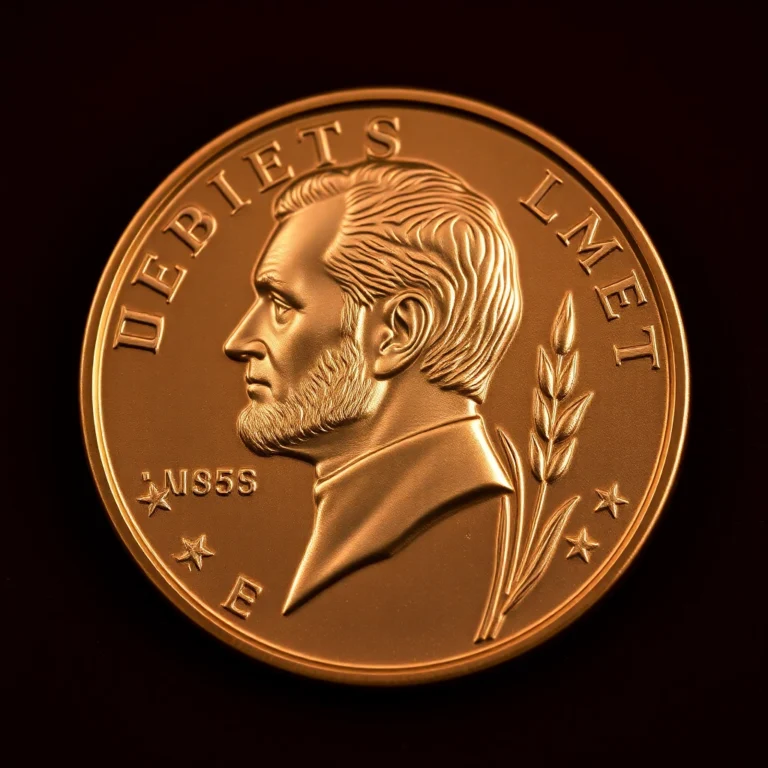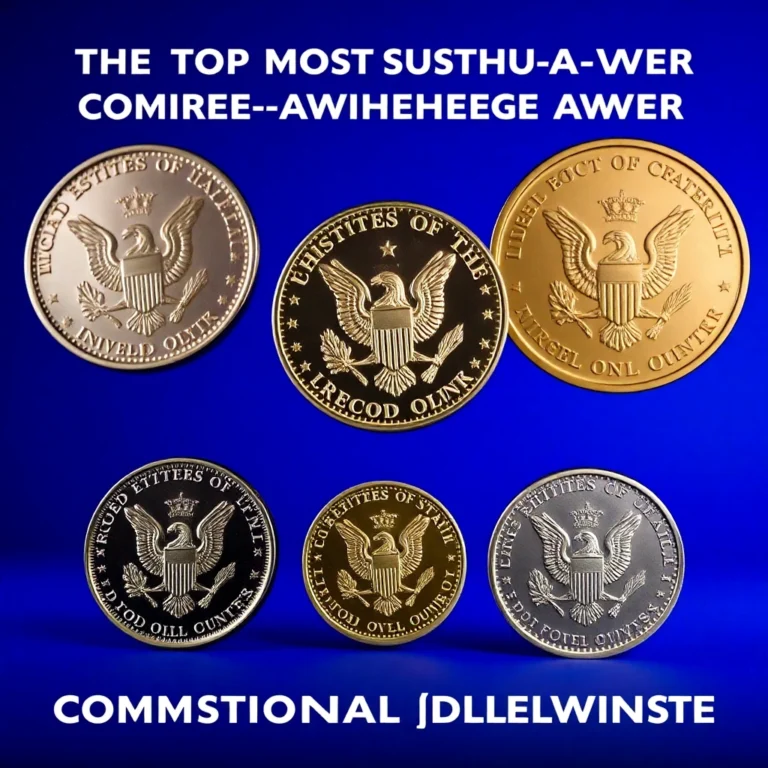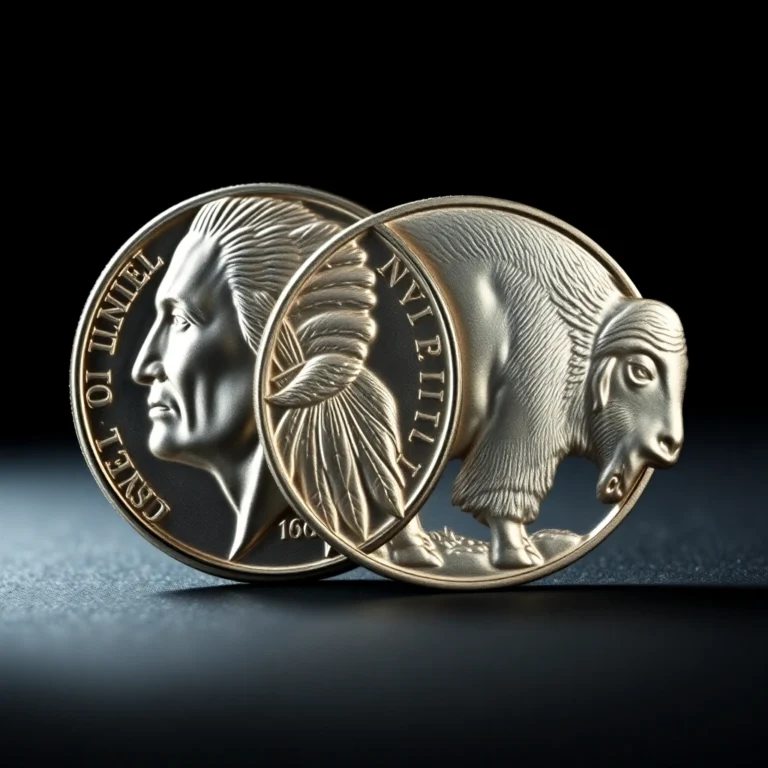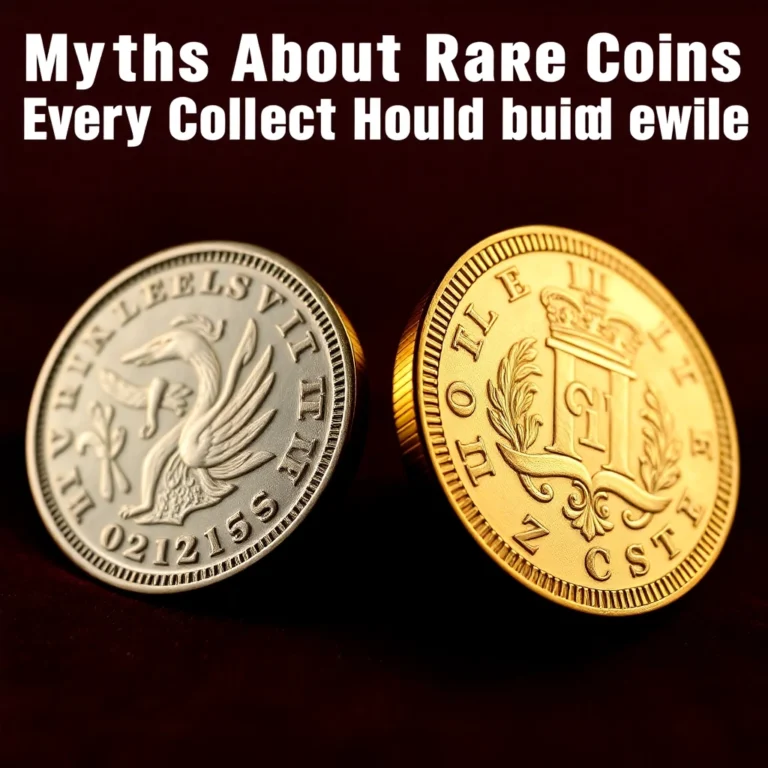Imagine holding a piece of history in your palm, a gleaming testament to milestones and moments that have shaped a nation. This is the allure of U.S. commemorative coins, a fascinating intersection of artistry, history, and numismatics that began with the 1892 Columbian Exposition half dollar. For collectors, these coins are not just currency; they are tangible links to pivotal events and cultural shifts, each with its own story to tell and legacy to uphold.
In this article, you’ll journey through the evolution of U.S. commemorative coins, tracing their transformation from the early days of the World’s Fair to today’s modern issues. You’ll uncover the stories behind each coin, learn about the artistic and historical significance that makes them prized additions to any collection, and gain insights into how these coins reflect broader societal changes.
As we delve into the rarity and value of these commemoratives, you’ll discover why certain issues spark bidding wars and capture the hearts of collectors worldwide. Whether you’re a seasoned numismatist or a curious newcomer, these coins offer a captivating glimpse into America’s past, with each piece holding secrets and stories just waiting to be uncovered.
The Evolution of US Commemorative Coins From the Columbian Exposition to Modern Issues
US commemorative coins have a storied history that reflects the cultural and historical milestones of the nation. From their inception at the Columbian Exposition to modern issues, these coins have evolved in design, purpose, and collectability. This article delves into the fascinating journey of US commemorative coins, offering insights into their historical background, physical characteristics, mintage figures, known varieties, and current market values.
Historical Background and Significance
The journey of US commemorative coins began with the 1892 Columbian Exposition Half Dollar. Issued to commemorate the 400th anniversary of Christopher Columbus’s voyage to the Americas, this coin set the precedent for future commemorative issues. Over the years, US commemorative coins have celebrated significant events, notable figures, and national achievements, serving both as collectors’ items and as historical artifacts.
Physical Characteristics and Design
Early commemorative coins, like the Columbian Half Dollar, featured intricate designs that highlighted their commemorative purpose. Typically struck in silver or gold, these coins often include iconic imagery and inscriptions that reflect the event or individual being honored. Modern commemorative coins continue this tradition, utilizing advanced minting techniques to produce detailed and aesthetically striking designs.
Mintage Figures and Rarity
The rarity of commemorative coins varies significantly, often influenced by their mintage figures. Early commemorative issues like the 1893 Isabella Quarter or the 1915 Panama-Pacific Exposition coins were minted in relatively low numbers, making them highly sought after by collectors. Modern issues generally have higher mintages, but limited editions and unique designs can still drive demand.
Known Varieties or Errors
Throughout the history of US commemorative coins, collectors have identified various varieties and errors that add intrigue and value. For example, the 1925 Stone Mountain Half Dollar is known for its die varieties, while the 1936 Gettysburg Half Dollar has notable double-die errors. Such anomalies can significantly increase a coin’s desirability and market value.
Value Information
The value of US commemorative coins depends on factors such as rarity, condition, and collector demand. Below is a table providing value information for key commemorative coins by grade:
| Grade | Value Range |
|---|---|
| Good (G-4) | $20-$50 |
| Very Good (VG-8) | $30-$70 |
| Fine (F-12) | $40-$90 |
| Very Fine (VF-20) | $60-$120 |
| Extremely Fine (EF-40) | $80-$180 |
| About Uncirculated (AU-50) | $100-$250 |
| Mint State (MS-60) | $150-$400 |
| Gem Mint State (MS-65) | $300-$1,000 |
Authentication Tips
Authenticating US commemorative coins requires a keen eye and knowledge of common counterfeiting techniques. Collectors should familiarize themselves with the coin’s weight, dimensions, and known design features. Investing in a good magnifying glass and a reliable scale can also aid in identifying authentic pieces. Consulting reputable grading services like PCGS or NGC is recommended for high-value coins.
US commemorative coins offer a captivating glimpse into the nation’s history, encapsulated in metal. Whether you’re a seasoned collector or new to the field, understanding the nuances of these coins can enhance your collecting experience and potentially lead to valuable acquisitions. Happy collecting! 🪙
FAQs
How do grading and condition affect the value of US commemorative coins?
The grade and condition of a commemorative coin significantly impact its value. Coins in higher grades, such as Mint State (MS) or Proof (PR), often command higher prices. Factors like luster, surface preservation, and strike quality are critical in grading. Collectors should consider professional grading services for an accurate assessment.
What are some tips for authenticating US commemorative coins?
Authentication is crucial in coin collecting. Look for clear, sharp details and proper weight specific to the coin’s type. Familiarize yourself with common counterfeits and invest in a magnifying glass or loupe. Purchasing from reputable dealers and seeking third-party authentication services can also help ensure authenticity.
What advice would you give to someone starting a US commemorative coin collection?
Start by researching the history and series of US commemorative coins to understand their context and significance. Focus on a specific theme or era that interests you. Set a budget and gradually build your collection by purchasing coins from reputable sources. Keep coins in protective holders to maintain their condition.
Why are US commemorative coins historically significant?
US commemorative coins celebrate important events, people, and places in American history. From the Columbian Exposition to modern issues, they provide a tangible connection to the past. Collectors appreciate these coins not only for their artistry but also for the stories they encapsulate, reflecting the cultural and historical landscape of their times.
What are some common varieties or errors found in US commemorative coins?
Commemorative coins can have varieties or errors that make them particularly valuable. Look for differences in mint marks, date placements, or doubled dies. Some coins might feature planchet errors or misstrikes. Collecting these varieties can add an exciting dimension to your collection as they often carry unique stories and increased value.
